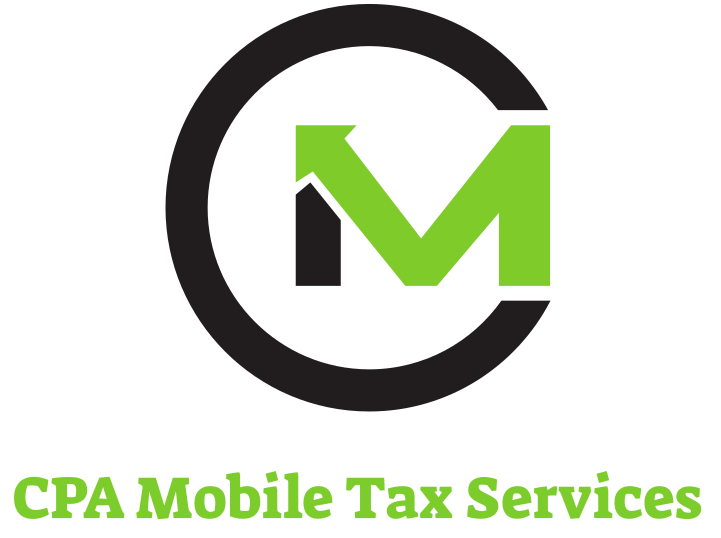August 8, 2024
How Can I Minimize My Taxes Owed for 2024?
Related Posts

- Tax Season 2024, Uncategorized
Frequently Asked Questions for Small Business Taxes
- Tax Season 2024
The IRS will begin accepting 2024 tax returns on Monday, January 27th. So, what is new with the IRS …

- Tax Season 2024
Running your own business is tough, and it is important to take advantage of all available deductions when preparing …

